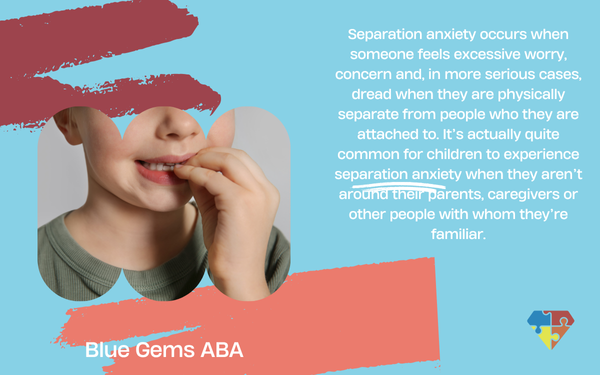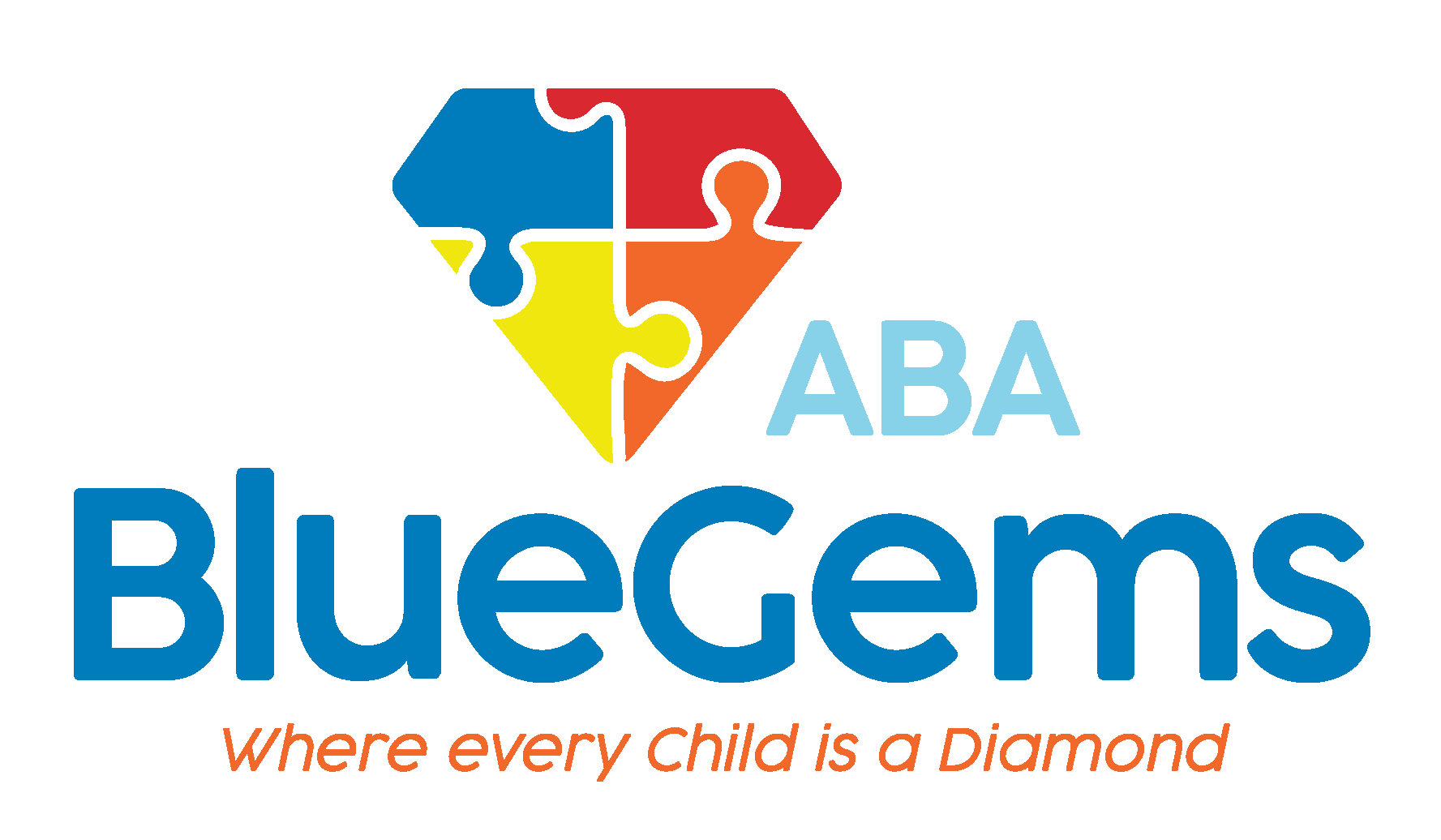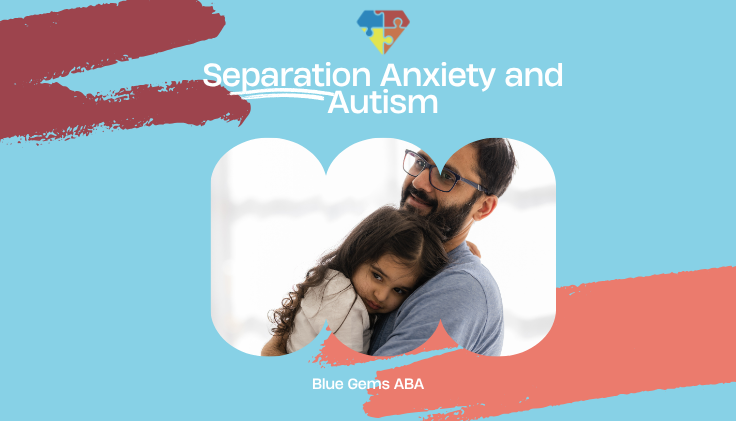Separation Anxiety and Autism
There’s nothing abnormal about experiencing separation anxiety. All children experience separation anxiety at one point in time, and some people continue to experience it into adulthood.
Separation anxiety is common when parents leave their children in a foreign place for the first time, such as the first day at daycare or preschool, for example. For many children, this anxiety dissipates over time as they get engaged in other activities and settle into their new surroundings and new routine.
For children who have autism spectrum disorder (ASD), though, separation anxiety can cause more significant challenges, and it also might happen more frequently.
In this article, we’ll discuss the relationship between separation anxiety and autism, and how applied behavior analysis (ABA therapy) can help.
Table Of Contents
What is Separation Anxiety?
Separation anxiety occurs when someone feels excessive worry, concern and, in more serious cases, dread when they are physically separate from people who they are attached to. It’s actually quite common for children to experience separation anxiety when they aren’t around their parents, caregivers or other people with whom they’re familiar.

As mentioned, many children experience separation anxiety when they are faced with new situations for the first time — such as the first time they’re left with a babysitter or the first time they go to daycare or school.
Some children experience separation anxiety at a more intense level, though, to the point where it becomes a disorder. These children often have a much tougher time coping with being separated from their attachment figures, and it may be very challenging to get them to feel comfortable again.
What is the Relationship Between Separation Anxiety and Autism?
Children who have autism are much more likely to suffer from anxiety than their neurotypical peers. A study from 2019, in fact, found that 67% of the children with ASD who participated had at least two “clinically significant” anxiety symptoms, according to their parents.
Separation anxiety can be significant in children on the autism spectrum, too, for a number of reasons. These children often thrive on familiarity and routine, and when they are separated from their parents, caregivers or attachment figures, they might experience excess worry or concern — especially if the separation is new or out of the ordinary.
Children with ASD often face challenges with communication, which can make it difficult for them to express how they are feeling or what they want or need to new people who aren’t familiar with them. This can cause extra stress and anxiety for the child, compounding the problem that’s already there.
If the separation from the attachment figure also happens in an environment that’s not attentive to their needs and challenges, they might experience extra anxiety related to their sensory sensitivities.
How Can You Help Support Children with Autism Who Have Separation Anxiety?
If your child with ASD suffers from separation anxiety, there are some strategies that you can follow to help support them.
Whenever possible, it’s best to stick to your routine as much as you can. This could mean incorporating the separation into your daily routine, or at least keeping everything else the same if the separation is out of the ordinary.
All of the other familiar parts of the day will help reassure your child and give them comfort. And by incorporating separation as part of the daily routine, it could help them to reduce anxiety as well.
To this point, it’s important to practice separation from your child. Inevitably, your child will need to be separated from you — whether that’s so they can go to therapy or school, or whether you need to go to work, run some errands or grab a breather.
That’s why it’s a good idea to practice being separate from your child, so that everyone can experience what it’s like. This will help you prepare for the challenges you all may face, and make adjustments for how you approach it and support your child for future times of separation.
All of this can be incorporated into your child’s ABA therapy sessions as well. Their therapist has many different strategies they can follow and tools they can use to practice separation from you and other attachment figures, with the goal of reducing separation anxiety.
This can be a big goal of your child’s ABA therapy, too, as it will be an important aspect of them gaining independence.
Step-by-Step Support Strategies for Children with ASD
Blue Gems ABA Helps Support Children with ASD to Live Independently
Separation anxiety is something that all people are likely to encounter at some point in their lives, especially when experiencing new things for the first time. Children who have ASD, though, may experience it more intensely and frequently than their neurotypical peers.
At Blue Gems ABA, we support children with autism in numerous ways, administering ABA therapy on a one-to-one basis to help them gain new skills and modify certain behaviors. All of this is done with the goal of supporting children on the autism spectrum to live as independently as possible.
To learn more, please contact us today.




